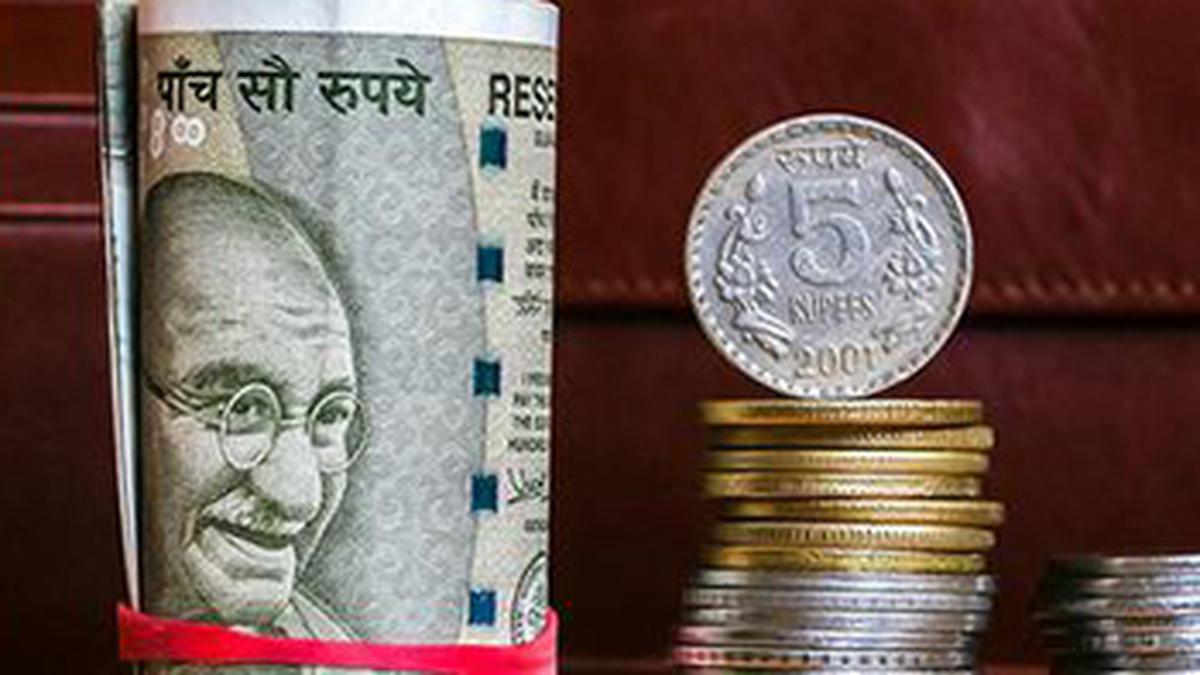
Data | Bad loans in Indian banks at a record low, but write-offs still in the mix Premium
The Hindu
Non-performing assets of Indian banks are at the lowest levels since 2015
Just four years ago, Indian banks’ non-performing assets (NPA) ratio was the worst among most emerging economies. NPAs are bad loans which the borrower is not in a position to repay at the moment. A loan turns bad or becomes an NPA if it is overdue for over 90 days. The NPA ratio is the proportion of such NPAs in total loans.
In the second quarter of 2019, the NPA ratio of Indian banks was 9.2%, i.e., almost one in 10 loans had turned bad. Notably, the bad loans remained hidden until the Reserve Bank of India (RBI) carried out an expansive Asset Quality Review in 2016.
Between 2016 and 2019, the NPA ratio remained high. It began to decline later and continued to do so even during the pandemic. There could be several reasons for this fall. First, the Insolvency and Bankruptcy Code helped the recovery of sick loans. Second, banks stopped lending big money to industries and increased their share of personal loans.
However, questions remained. First, it was not known during and soon after the pandemic what share of loan accounts under COVID-19-related moratorium would turn into NPAs. The second issue was the sudden shift in the portfolio from industries to personal loans. What if customers who secured personal loans were not able to service their loans too, given that industries, which pay salaries to these customers, were not functioning well? Third, the fall in NPAs, especially in FY20, can be largely attributed to loan write-offs. Banks have to set aside (or provision) a part of their profit as a buffer for potential losses that may arise from NPAs. Thus, NPAs reduce a bank’s available capital to lend fresh loans. So, banks voluntarily choose to write-off NPAs to maintain healthy balance sheets. In FY20, the Gross NPAs (GNPAs) written off by public sector banks reached a six-year high.
However, the latest financial stability report released by the RBI last month answers some of these questions.
Chart 1 shows that GNPAs and NNPAs continued to decline and in March 2023, reached 3.9% and 1%, respectively, the lowest levels since 2015.
Chart 1 | The chart shows the gross non-performing assets (GNPAs) and Net non-performing assets (NNPAs) in Indian banks.













